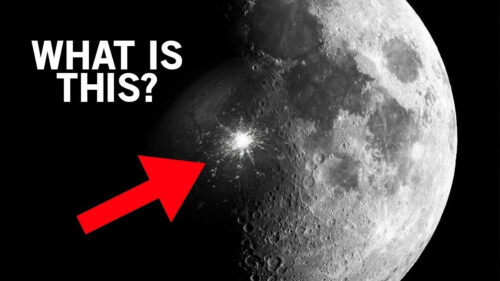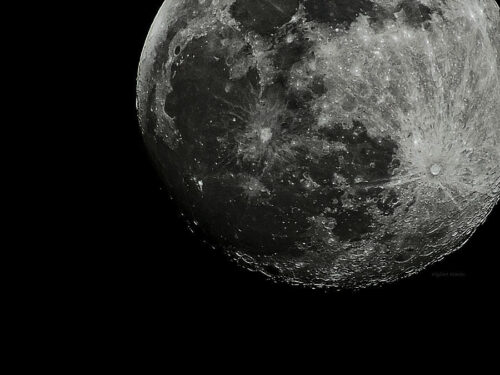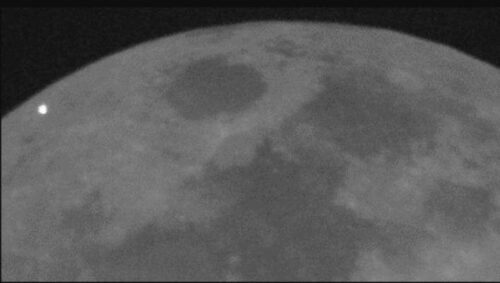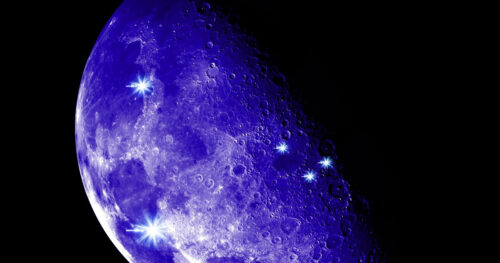
Mysterious Flashes on the Moon: Unraveling the Enigma of Lunar Transient Phenomena
For centuries, the Moon has captivated human imagination with its enigmatic presence.
Despite remarkable scientific progress, certain lunar secrets persist, and none more perplexing than the recurring flashes of light and color that illuminate its surface.
These enigmatic occurrences, collectively known as Lunar Transient Phenomena (LTP), have intrigued scientists and stargazers alike, sparking a quest to unravel their origins.
Over the years, more than 1500 instances of temporary changes in brightness and color on the Moon’s surface have been recorded as LTP.
While some observations have been scientifically validated, a significant number remain anecdotal, blurring the line between reality and perception.
Discerning the truth amidst the vast sea of reports poses a substantial challenge.

The cause behind these ethereal flashes remains elusive, spawning a multitude of theories.
One prevailing hypothesis suggests that the luminous phenomena result from high-velocity impacts on the lunar surface.
When a meteorite collides with the Moon, the immense energy released can vaporize the surrounding rock, creating a momentary burst of dazzling light.
Another notion proposes that residual volcanic activity could underlie these occurrences, challenging the belief that the Moon is a dormant celestial body.
Recent studies have hinted at possible geologic activity on the Moon, injecting a sense of renewed intrigue into the investigation.
Far from being random bursts of light, these transient flashes exhibit specific characteristics.
Typically localized to distinct regions on the Moon’s surface, they fleetingly illuminate their surroundings for mere seconds, leaving astronomers yearning for answers.
Remarkably, some of these flashes have been observed to recur in the same precise locations, hinting at an underlying pattern or mechanism.

Despite concerted efforts to decipher the nature of these lunar flashes, their enigma persists. However, advancements in technology offer a glimmer of hope for unraveling this mystery.
The upcoming launch of the James Webb Space Telescope in late 2021 heralds a new era in space exploration.
Equipped with cutting-edge instrumentation, this state-of-the-art observatory promises unparalleled insights into distant celestial objects.
Significantly, it also holds the potential to shed light on the Moon’s LTPs, providing a fresh stream of invaluable data for researchers to analyze.
Moreover, scientists have devised a novel automated lunar telescope based in Spain, armed with artificial intelligence capabilities to detect and report anomalies on the Moon’s surface.

This innovative technology heralds a new era of real-time observation and analysis, empowering researchers to study LTPs more comprehensively than ever before.
In conclusion, the enigmatic flashes of light and color that permeate the Moon’s surface stand as an enduring enigma in the realm of modern astronomy.
While several theories have been proposed, the true nature and origin of these phenomena remain shrouded in uncertainty.
Nevertheless, the confluence of technological advancements and scientific progress fuels optimism that we are edging ever closer to unraveling the secrets behind the Moon’s mysterious flashes.

Through ongoing research and exploration, humanity may soon lift the veil on this captivating lunar puzzle, bringing us one step closer to comprehending the profound mysteries of our celestial companion.
